Category: Birds
Birds are those warm blooded vertebrates that have feathers and wings. They lay eggs and have two legs.
-
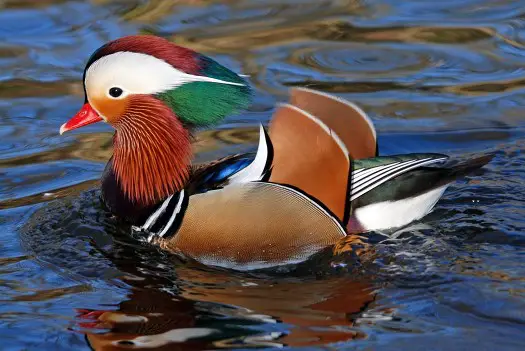
Mandarin Duck Facts | Anatomy, Diet, Habitat, Behavior
The mandarin duck (Aix galericulata) is a perching duck that typically occurs all throughout the Asia including eastern China and Russia and many parts of Europe. It is thought to make habitats near water and like many birds mandarin nests in tree holes. The duck rarely flies away from lakes or rivers. Mandarin Duck Facts…
Written by
-
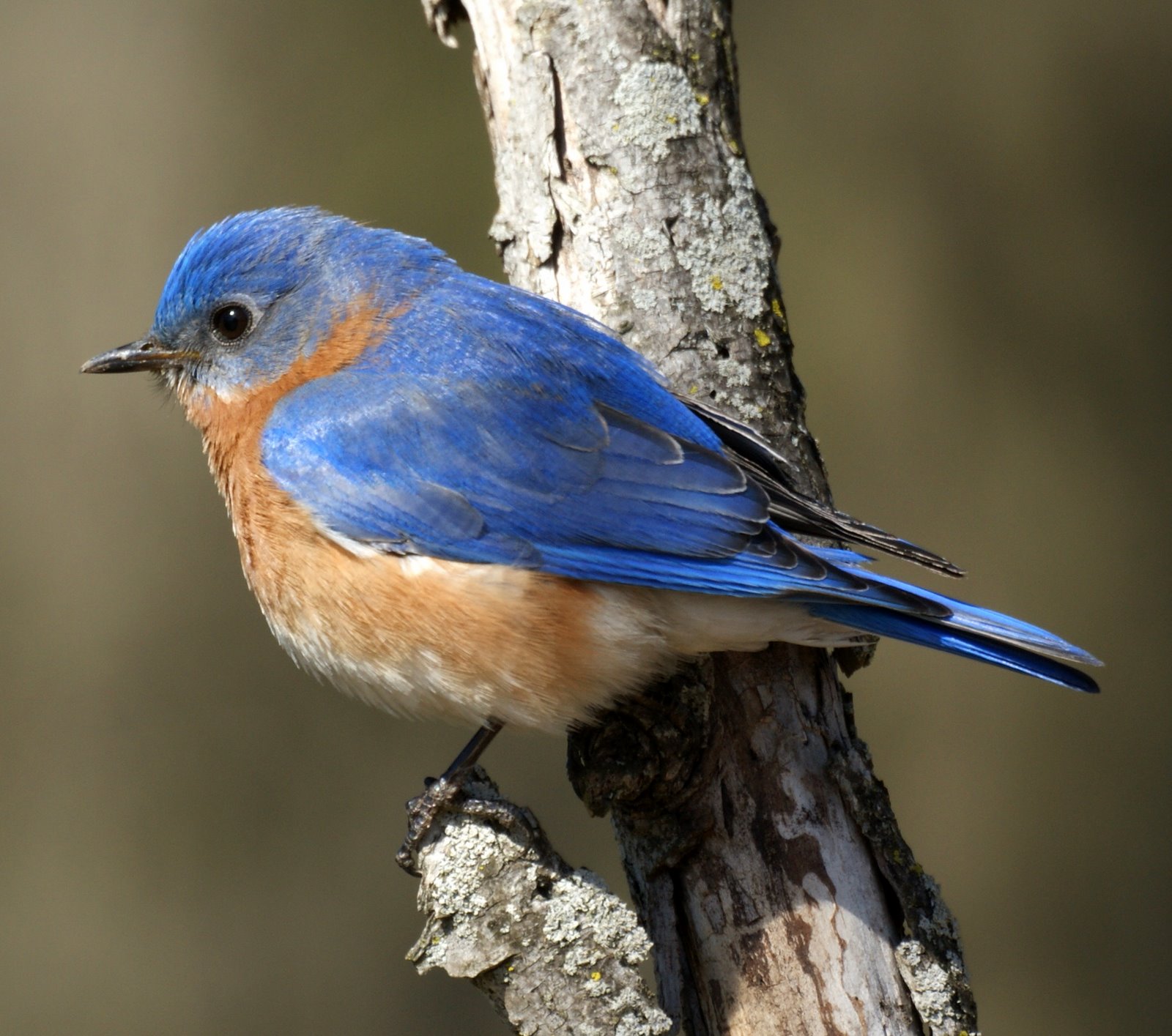
Eastern Bluebird Facts | Anatomy, Diet, Habitat, Behavior
The eastern bluebird (Sialia sialis) is a small thrush that is typically found in the open farmlands and orchards. The bluebird has adapted to living in urban areas and it often perches atop a nest box. They have brilliant blue plumage on the back and head. They are about two-thirds the length of an American…
Written by
-
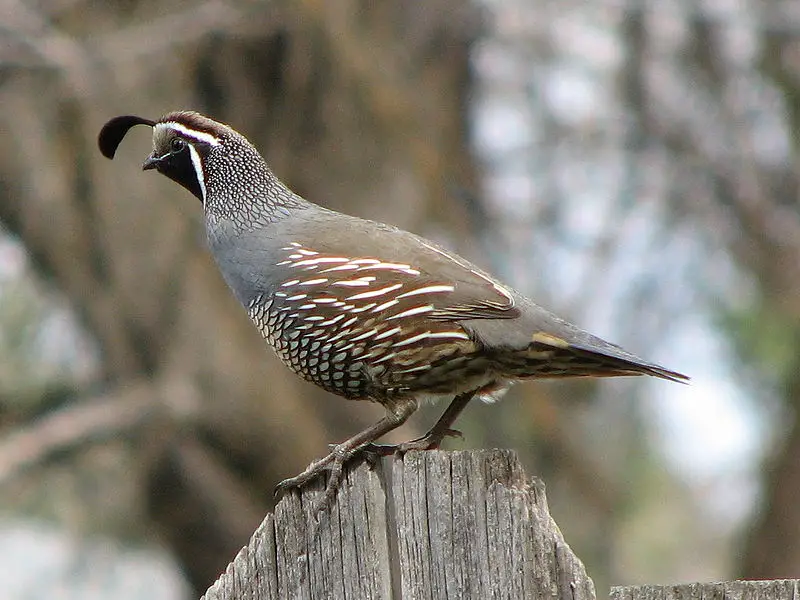
California Quail Facts | Anatomy, Diet, Habitat, Behavior
The California quail (Callipepla californica) belongs to the New World quail family and it had originally lived in the southwestern United States. The quail is also known as California valley quail. It is a ground-dwelling species and males are particularly bulky from the middle giving it a look of a soccer ball. California Quail Facts…
Written by
-
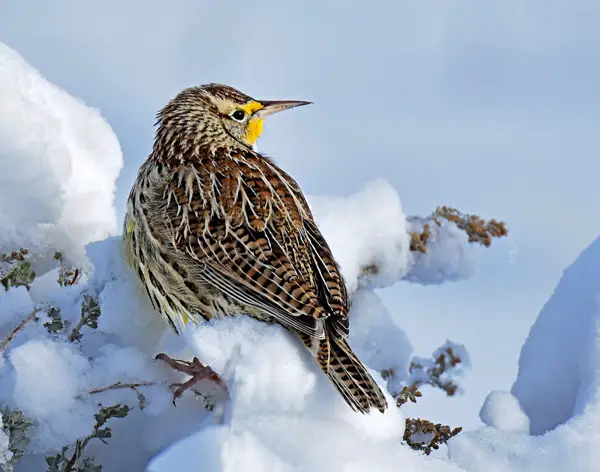
Western Meadowlark Facts | Anatomy, Diet, Habitat, Behavior
The western meadowlark (Sturnella neglecta) is a brilliant-colored member of a blackbird family. The meadowlark is a vocal bird and it flies in a V-shaped band. It is thought to feed in marshes, grasslands and meadows of the central North America. The bird shows bright yellow breast and it mainly eats insects and seeds. Western…
Written by
-
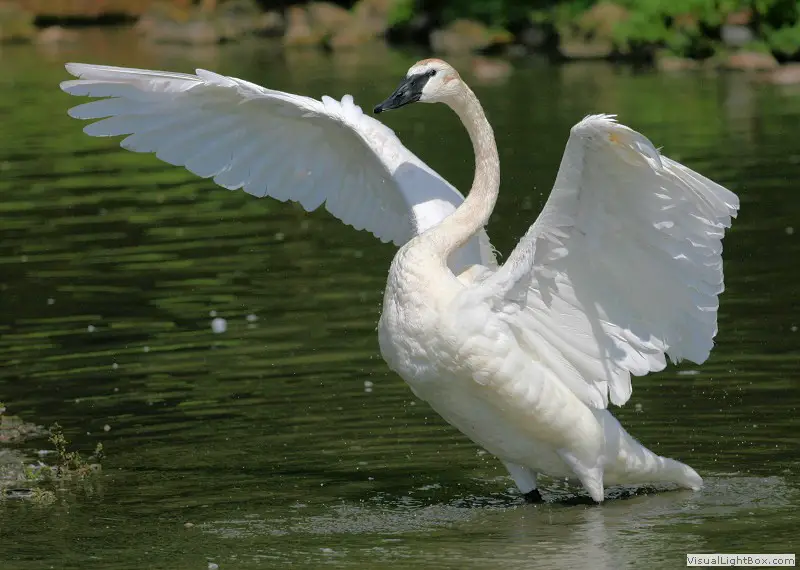
Trumpeter Swan Facts | Anatomy, Diet, Habitat, Behavior
The trumpeter swan (Cygnus buccinator) is a North American bird that breeds all along Alaska to as far south to Montana. It is also capable to float in the water and needs a large amount of energy to lift the body from water. Trumpeter swan is a migratory bird and it is thought to fly…
Written by
-
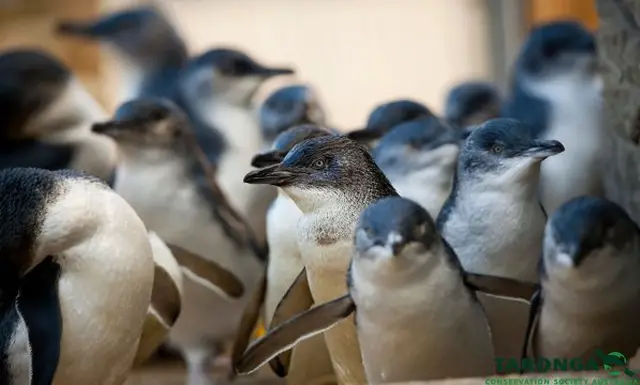
Little Blue Penguin Facts | Anatomy, Diet, Habitat, Behavior
The little penguin (Eudyptula minor) is the world’s smallest penguin. It is also known as blue penguins, fairy penguins, and little penguins. The penguin breeds all along the islands of New Zealand and Australia. The global population of little penguins is about 350,000 – 600,000. It is thought to occur in New South Wales and…
Written by
-
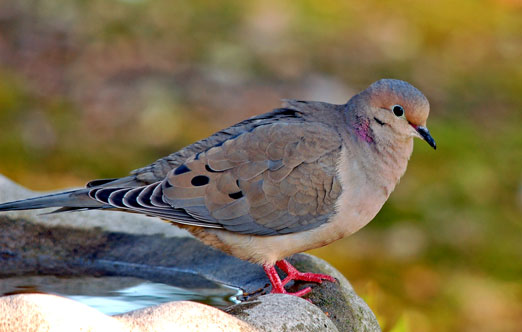
Mourning Dove Facts | Anatomy, Diet, Habitat, Behavior
The mourning dove (Zenaida macroura) belongs to the family Columbidae and it is the most common North American bird. The dove is capable to achieve high speeds during flight. It is also known as turtle dove, American mourning dove, and Carolina pigeon. The total population of mourning dove is estimated at 475 million worldwide. Mourning…
Written by
-
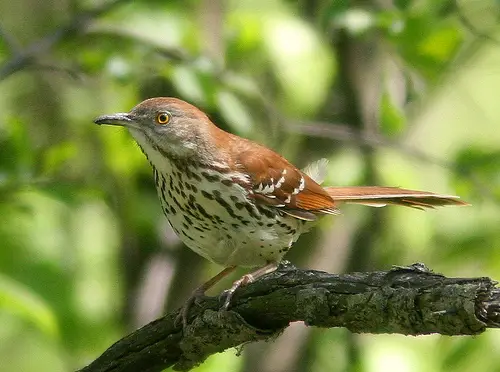
Brown Thrasher Facts | Anatomy, Diet, Habitat, Behavior
The brown thrasher (Toxostoma rufum) is most commonly found across the central and eastern United States. It belongs to the family Mimidae which also includes mockingbirds. The brown thrasher is the national bird of the state Georgia. The bird resembles much with wood thrush in its physical appearance. Brown thrashers are omnivores. Brown Thrasher Facts…
Written by
-

Cactus Wren Facts | Anatomy, Diet, Habitat, Behavior
The cactus wren (Campylorhynchus brunneicapillus) is the largest wren species in North America. The bird is native to the central Mexico and southwestern United States. Cactus wren belongs to the family of Troglodytidae. The bird is generally common in much of its range but is threatened in the southern California. It is a state bird…
Written by
-
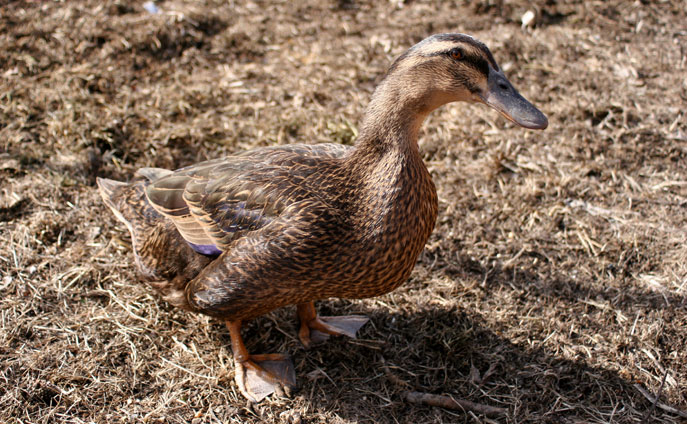
Rouen Duck Facts | Anatomy, Diet, Reproductive Behavior
The Rouen duck is one of the domesticated breeds of duck species. It is thought to develop from the wild mallard duck. They make one of the most familiar table breeds. Rouens are extremely slow to achieve maturity age. Rouen Duck Facts Adults average 9 – 12 lb (4.1 – 5.4 kg) in weight. They…
Written by
-
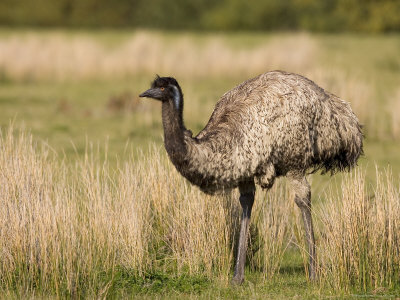
Emu Bird Facts | Anatomy, Diet, Habitat, Behavior
The emu (Dromaius novaehollandiae) is one of the largest birds in the world—second only to ostrich. It is the largest flightless bird in Australia. Emus are able to reach the speed of 30 miles per hour in short bursts. It is thought to travel great distances in search of plants and insects. Emus are generally…
Written by
-

Southern Cassowary Facts | Anatomy, Diet, Habitat, Behavior
The southern cassowary (Casuarius casuarius) is a large flightless bird—one that is typically found in the mainland Australia including Queensland and New Guinea. Unlike many other birds, the double-wattled cassowary is primarily known for its aggressive behavior. The cassowary is also one of the oldest living birds. It is also known as double-wattled cassowary. Southern…
Written by
-
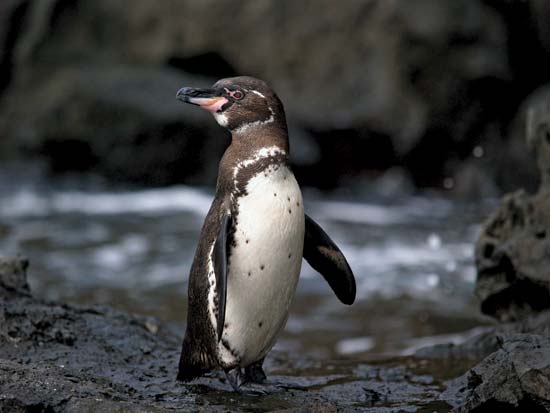
Galapagos Penguin Facts | Anatomy, Diet, Habitat, Behavior
The Galapagos penguin (Spheniscus mendiculus) is one of the smallest penguin species and it is native to the Galapagos Islands. The bird is not only smaller in its size but it has the smallest population of penguins. Galapagos penguin is the only penguin species that is found in the northern Hemisphere. There are around 1,500…
Written by
-

Tawny Frogmouth Facts | Anatomy, Diet, Habitat, Behavior
The tawny frogmouth (Podargus strigoides) is a medium-size Australian bird that typically hunts during night. The bird is believed to have adapted many different habitats within its range. Unique among its features is that it camouflages itself in a way that neither a predator nor any prey can see it roosting on a tree. The…
Written by
-
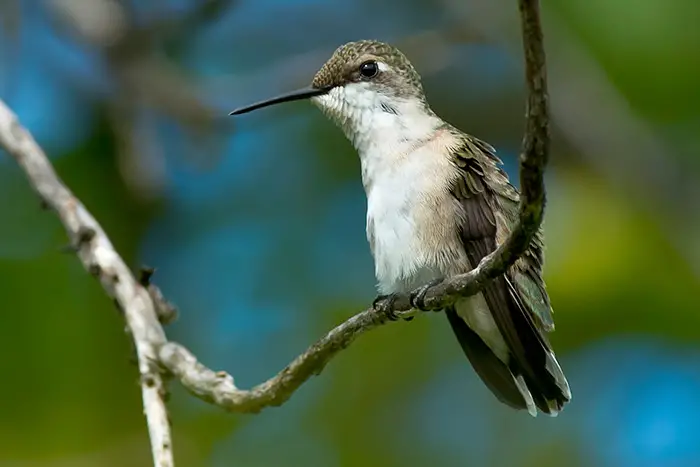
Ruby Throated Hummingbird Facts | Anatomy, Diet, Habitat, Behavior
The ruby-throated hummingbird (Archilochus colubris) is a tiny bird that breeds all along the Central and North America. It is a hummingbird species and like a typical hummingbird the ruby throated bird is thought to display astonishing feats of flight. It is able to fly not only backwards but can also hover upside and down.…
Written by
